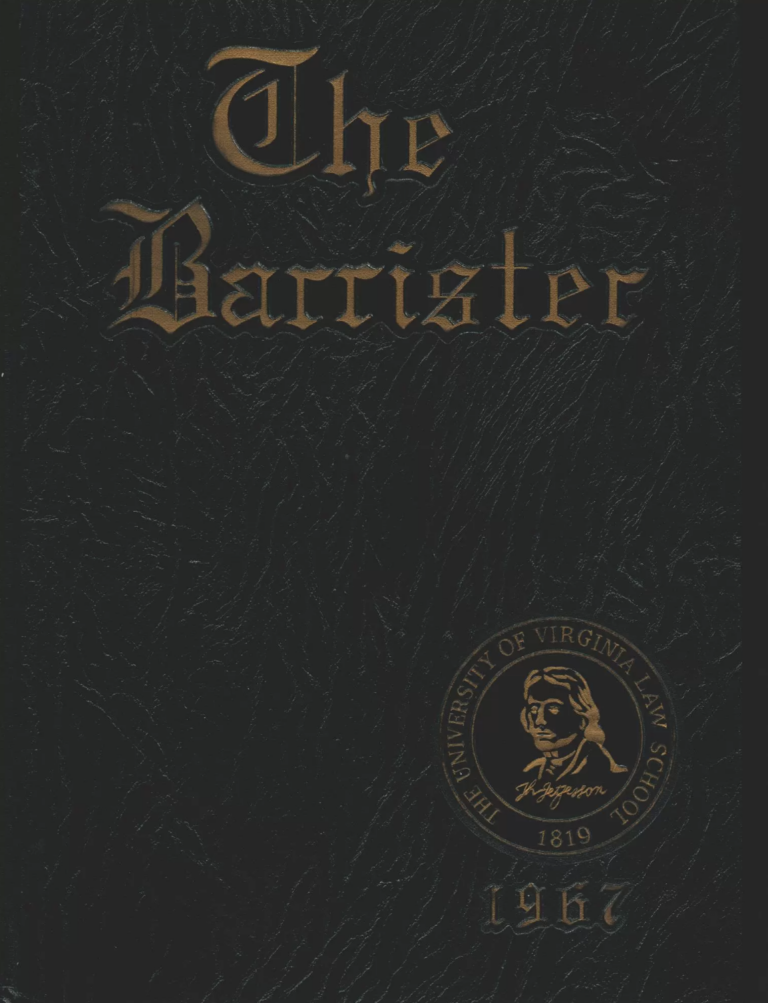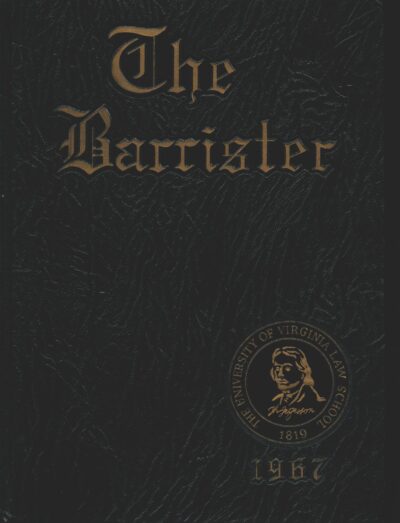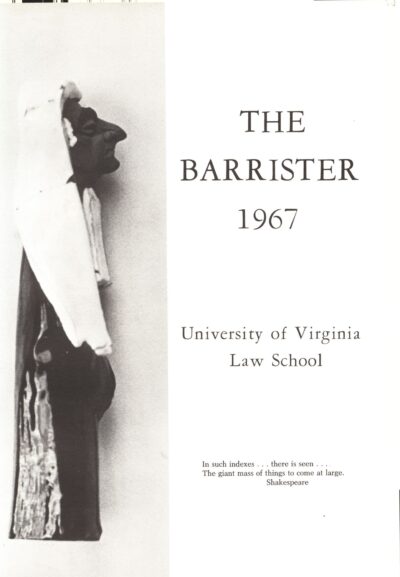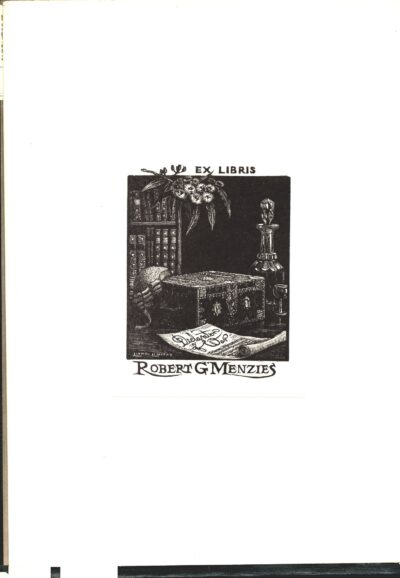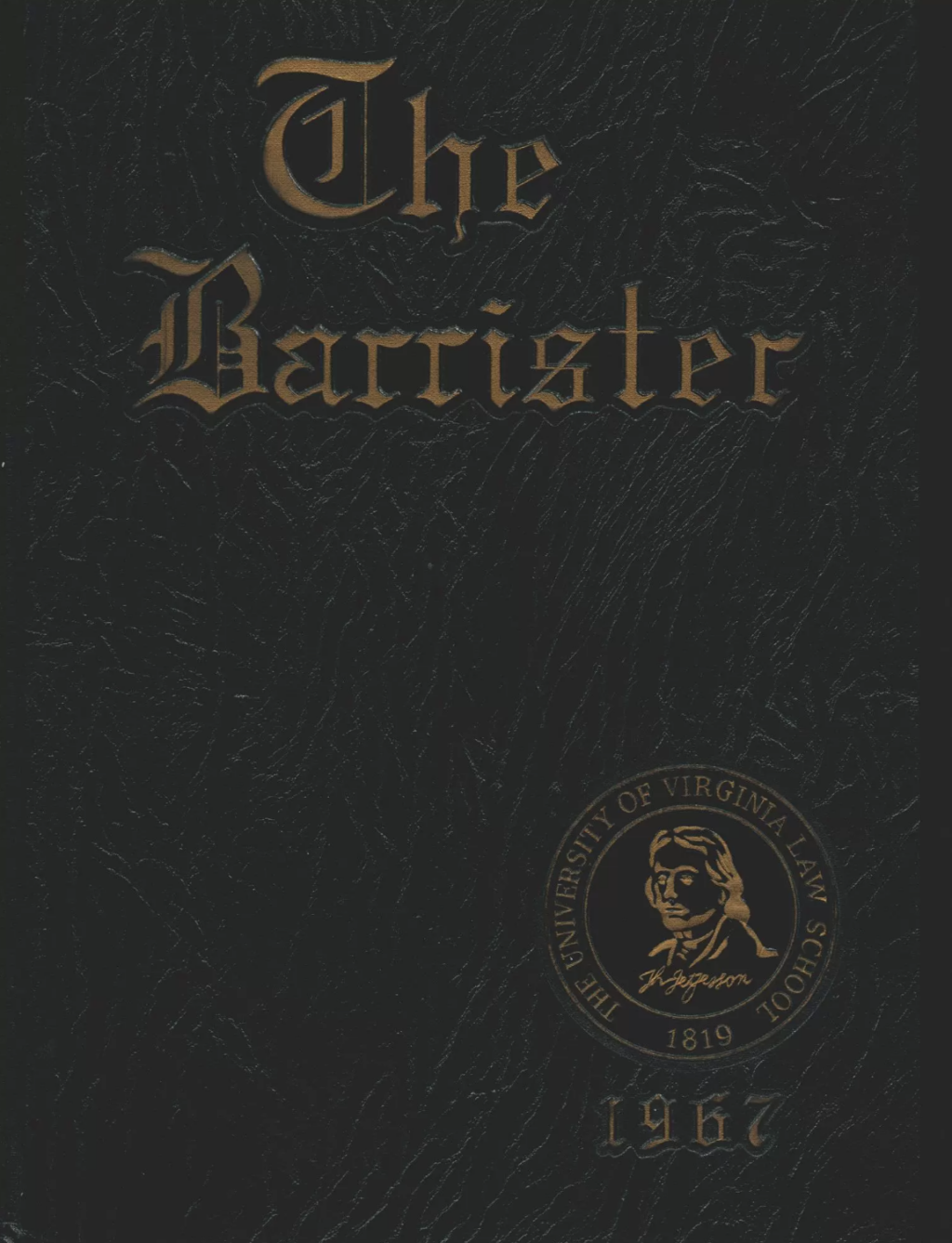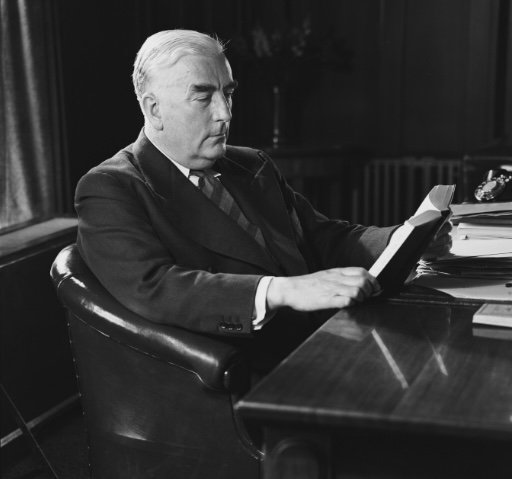University of Virginia Law School, The Barrister 1967 (1967)
As is well-known, Robert Menzies had a deep admiration for the United States, but it was one that took years to fully develop. As a younger man, Menzies was had an anglophile’s snobbery about the disloyal republic that had broken off so abruptly from his beloved British Empire. When he first visited America in 1935, he would write dismissively of its people that:
‘The majority of them are not Anglo-Saxons; their appearance is different; their language is by no means identical; their ideas are cruder; their standards are lower; they engage in a nauseating mixture of sentiment (‘Mother’s Day’) and dollar chasing not palatable to the English mind; they have no consciousness of responsibility for the well being or security of the world; no sense of Imperial destiny except in terms of collaring the world’s trade and washing their hands of world responsibility.’
Yet by the end of his career, Menzies not only saw America as a vital ally that had by then grown into a sense of global responsibility, but also a cultural powerhouse that was providing many of the ideas that were propelling western civilisation forwards. His new-found affection for the States was given concrete expression by his choice to spend a large proportion of his first year in retirement lecturing as a Scholar in Residence at the University of Virginia.
There Menzies developed an affection for what had once seemed the embodiment of American ‘crudeness’, in its interpretation of the game of football. Menzies became a vocal and partisan supporter of the University of Virgina ‘Cavaliers’, spectating avidly at each of their home games, and insisting that no-one try to teach him the rules, which he preferred to deduce first-hand. Menzies even became something of an ambassador for the sport in Australia, insisting to newspaper men that it was by no means as ‘ungentlemanly’ as many assumed. In his memoir Afternoon Light, Sir Robert would explain that:
‘In football, there is a minimum of kicking and a maximum of throwing and grappling. The players wear a sort of protective armour around their heads and shoulders and legs; they need it, for there is much assault and battery of a legalized kind; each player will spend a high percentage of his time as one of a piled up heap of players on the ground. Should he become weary of well-doing, the coach takes him off, replaces him, and may later return him at will. But to me the striking feature was that each side has two complete teams, one “offensive” and one “defensive”, plus, of course, a number of “spare parts’. When the state of the game seems to require it, the ‘defensive’ team runs off, and the ‘offensive’ team runs on, or vice versa.’
But while Menzies may have been won-over by gridiron, he was equally keen to spread the gospel of Australian rules. He gifted the university a ball and a Carlton jersey, and even screened the 1966 grand final between St Kilda and Collingwood to a captivated audience of some 200 people.
You might also like...
Sign up to our newsletter
Sign up for our monthly newsletter to hear the latest news and receive information about upcoming events.

